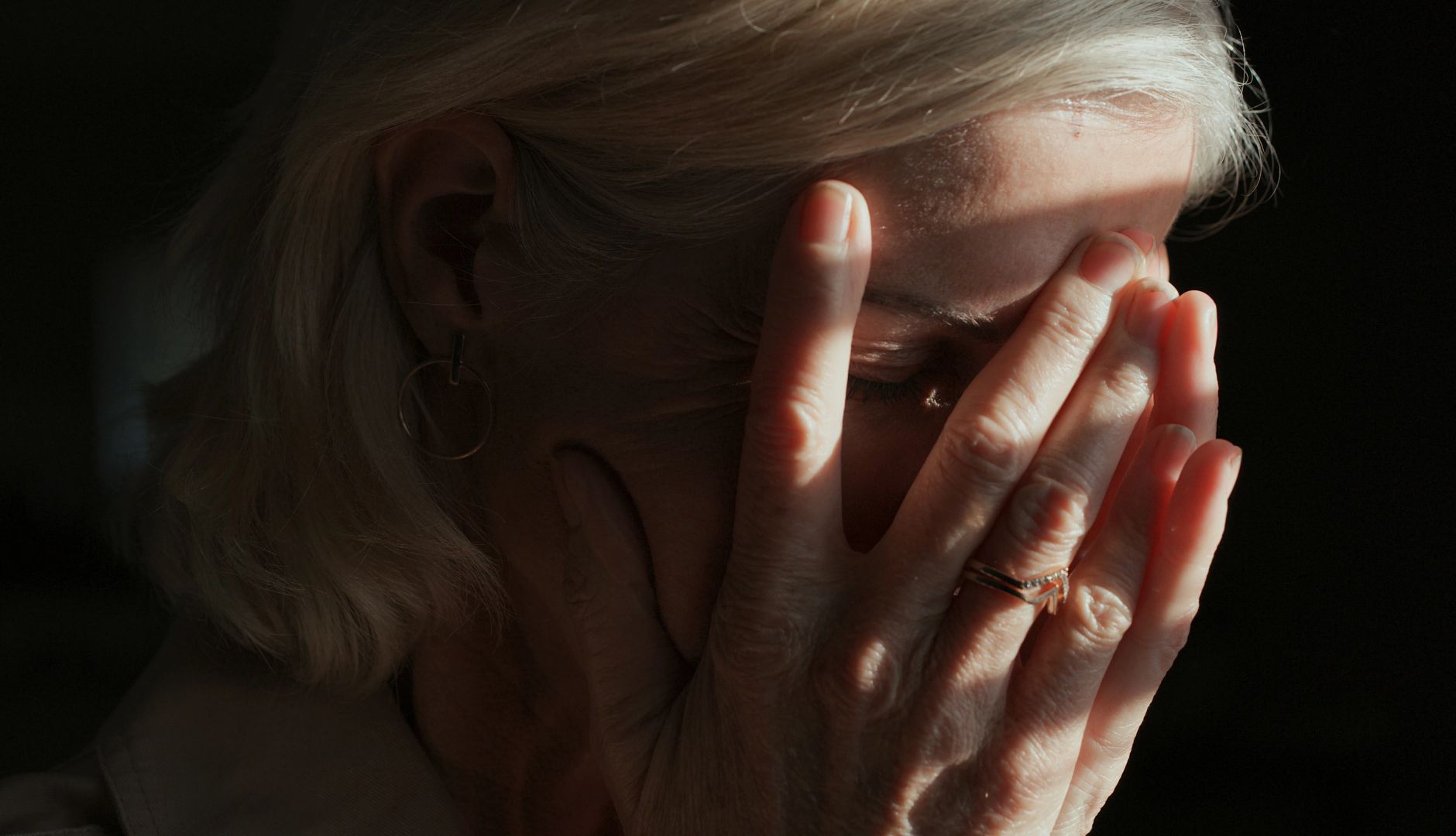Play all audios:
DIAGNOSIS OF PHOTOPHOBIA Your provider can identify photophobia by talking to you about your symptoms — but that’s not where it ends. While there are things you can do to manage light
sensitivity, identifying the underlying cause is most important. Doctors will do that by: * REVIEWING YOUR HEALTH HISTORY, including a discussion of when you first started noticing light
sensitivity, what it feels like, how it affects your behavior, what medications you’re using and your eye care habits. * CONDUCTING A COMPREHENSIVE EYE EXAM to look at your eye health
overall. This can identify conditions like cataracts, dry eye, optic neuritis, and more. * Considering additional evaluations or testing to rule out issues like neurological disorders. Other
vision-related conditions that involve light sensitivity, such as photo-oculodynia (eye pain from non-painful sources like ambient lighting) or hemeralopia (day blindness), may resemble
photophobia but require different management. That’s why an accurate diagnosis is essential. Unfortunately, diagnosis isn’t always clear-cut. One-quarter of people who went to an eye care
center for photophobia left without a diagnosis, according to a 2022 study. While eye care providers excel at diagnosing eye-related causes of photophobia, neurologists are better suited to
identify neurological causes. Therefore, deciding who to see for a diagnosis can be challenging. Your primary care provider (PCP) is a good starting point for addressing photophobia. They
can guide you to an appropriate specialist — such as an ophthalmologist, neurologist, or neuro ophthalmologist, the latter of who are particularly specialized in this area. However,
neuro-ophthalmologists may be harder to find depending on your location. If you leave an eye care center without a diagnosis, consider consulting a neurologist. PHOTOPHOBIA TREATMENTS The
first step in treating photophobia is figuring out what’s causing the symptom; then you can tackle the underlying condition. “Intermittent photophobia associated with migraine, for example,
usually responds to medications such as triptans, nonsteroidals [NSAIDS],” Silberstein says. “Or we might try something to keep the attacks from occurring in the first place, like a
beta-blocker or topiramate.” For those with dry eyes, your doctor might prescribe medicated eye drops or drugs that stimulate tear production. Lifestyle changes can also make light
sensitivity easier to manage. Sunglasses with UV protection and polarized lenses can block bright sunlight or glares bouncing off reflective surfaces. However, “the biggest mistake that
people make is wearing really dark sunglasses indoors or putting dark shades on their windows,” Digre says. “That only makes things worse because you become dark-adapted.” One strategy to
minimize sensitivity is to gradually transition from darkness to light, giving the eyes an adjustment period, Silberstein says. Certain wavelengths of light can may also affect sensitivity.
“Sunlight has all of them, but it’s the blue frequencies of light which seem to cause the most discomfort,” Silberstein says. A 2016 study, cited in the journal _Brain_, found that shades of
green light seem to be the most soothing, particularly for those suffering from migraines. “I actually use it when examining patients with light sensitivity to make it more comfortable for
them,” Digre says. You can buy specially tinted lenses to block that bothersome blue light. Digre recommends FL-41 tinted lenses, which have a special rose tint to filter out blue
wavelengths and decrease light sensitivity. The lenses can be obtained without a prescription, but, Digre cautions, not all so-called FL-41 lenses are the real deal. “Some of these lenses
have not been tested properly,” she says. “We did a study where we took a bunch of lenses that claimed to block blue light. Some did and some didn’t.” Al-Aswad suggests trying on lenses at
an optical shop and wearing a trial pair for a few days to see if they improve your symptoms. If you buy lenses, be sure the store will allow returns if they don’t work. Migraine researchers
from Harvard Medical School have come up with yet another way to combat photophobia: lamps designed specifically for those suffering from headaches triggered by light sensitivity. It emits
a narrow band of green light which is believed to be gentler on the eyes than multicolored everyday light. Although the price tag may be steep, it may be worth the investment for those
seeking relief.

